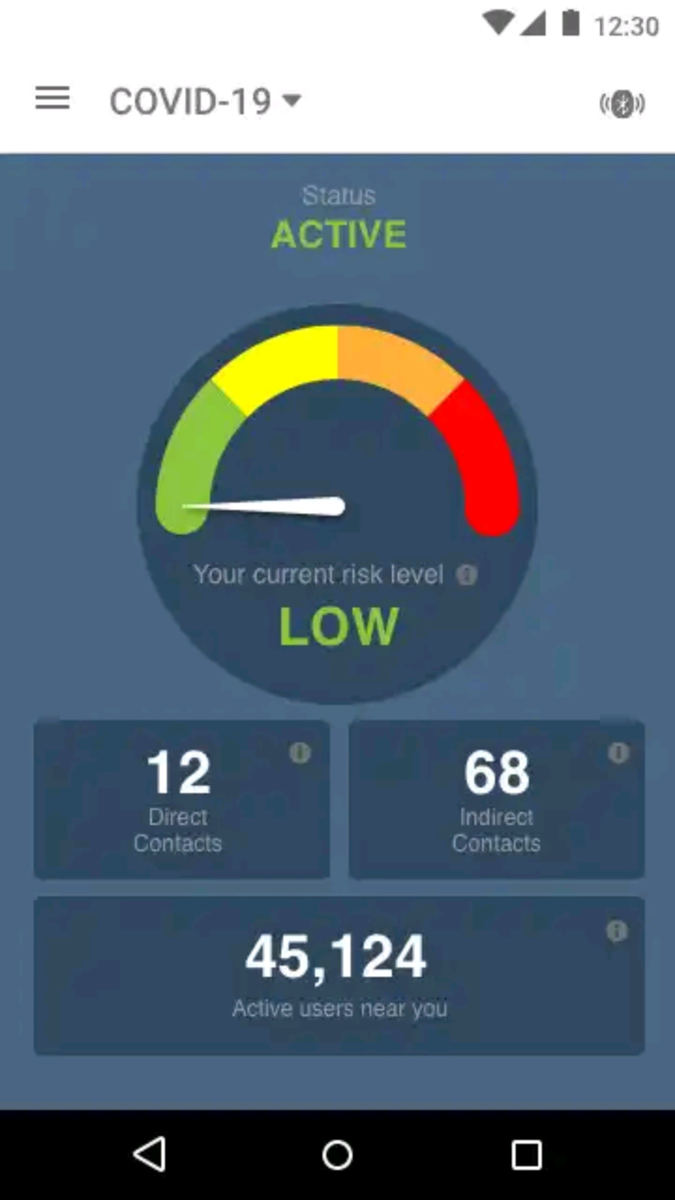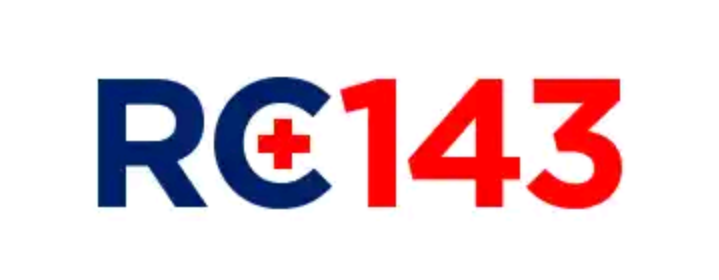The Philippine Red Cross is arming Filipinos with a mobile app named “RC143″ that uses the wireless, geo-location and sensory capabilities of mobile phones to trace contact events between people. It will also allow users to contact the Red Cross directly which will result in a more efficient, effective and personal response to questions and concerns.
“For the past few weeks, Red Cross volunteers—seasoned veterans in mobile and Internet innovation in the Philippines, next generation developers, and data scientists—remotely collaborated on the RC143 project, leveraging the latest technologies to aid our nation’s war against COVID-19. In order to unmask the invisible enemy, we have turned to technology in a bid to better guide our frontliners and command center experts,” said Richard Gordon, chairman of the Philippine Red Cross.
“The RC143 app is part of our end-to-end mobilization system. Data processed in the back-end will allow Red Cross frontliners to talk to the right people, ask the right questions, act to isolate and treat the infected, and at the same time get their families and communities out of harm’s way.“
The Red Cross expects to integrate the end-to-end RC143 system in its command center, rollout the RC143 app to its frontliners, and the general public. Further, the Red Cross is partnering with LGUs and the private sector to push increasing adoption from where the app’s intelligent systems will benefit progressively.
Contextual Contact Tracing to determine PUIs even in their asymptomatic stage
Available on the Google Playstore, the RC143 app periodically gathers data, primarily using phones’ wireless capabilities, layered with location data and other sensory capabilities of the modern smartphone. Each data point adds context, thus extending RC143’s accuracy and capabilities. For example, with more contextual data, the app can provide better tracing context (e.g., number of users within a close proximity, location, duration, etc.), allowing the Red Cross to notify users who had contact (direct or indirect) with a COVID-19 positive patient. The app will also enable users to navigate away from high risk areas, guided by constant monitoring by Red Cross personnel and AI.
“Intel is needed, so to speak, to outsmart an insidious enemy that is COVID-19. Our breakthrough for now, is in deploying CCT or contextual contact tracing to alert PUIs at various levels of risk in their asymptomatic stages, powered by AI and Deep Learning analytics to help determine where outbreaks are or may occur,” said Dennis Mendiola, senior consultant to the chairman and former governor of the Red Cross.

Technology as force-multipliers for frontliners
“The common smartphones in people’s hands interact with the network, with systems, and with other mobile devices passively, recording data that could be very meaningful in our fight against COVID-19,” added Mendiola.
“Given these data we can recreate the movements of mobile users, track who they have been in proximity with in the past days, where, and how long the contact took place. Now imagine multiple data sets running over AI and Deep Learning techniques, tracing whole chains of transmission in real-time and alerting those at high risk.”
“Even now AI and other mobile computing technologies are force-multipliers for frontliners of the Red Cross who are able to filter and assist more people where the entire process used to be done manually,” said Mendiola.
According to Mendiola: “The Department of Information and Communications Technology (DICT) is actively supporting this initiative and supporting its wide deployment through its communication and computing resources. It is also providing valuable advice on how to accomplish these tasks while safeguarding the privacy of users.”
Aiding our return to “the new normal”
Information gathered by RC143 app is also expected to provide the national government, LGUs and communities important scenarios to plan mitigation and response. With massive adoption, according to RC143’s developers, the app can provide more and more accurate data indicative of the health of users going in and out of lockdown zones.
Mendiola disclosed a navigational feature in RC143’s pipeline that will be useful for people to identify high-risk zones.
“With more and more people downloading and carrying the app, it can aid citizens in their cautious but purposeful return to essential economic activity,” said Mendiola.
Red Cross Chairman Gordon said the humanitarian organization in the Philippines is actively encouraging Filipinos to adopt RC143 immediately to promote safety and the best possible chance of returning to normalcy.
